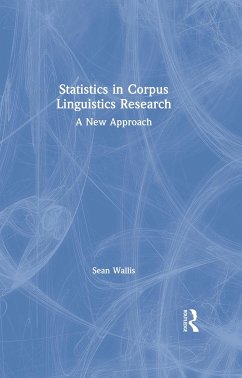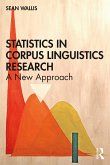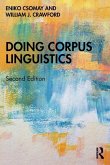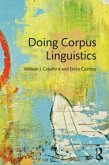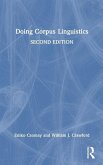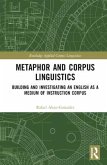Traditional approaches focused on significance tests have often been difficult for linguistics researchers to visualise. Statistics in Corpus Linguistics Research: A New Approach breaks these significance tests down for researchers in corpus linguistics and linguistic analysis, promoting a visual approach to understanding the performance of tests with real data, and demonstrating how to derive new intervals and tests.
Accessibly written, this book discusses the 'why' behind the statistical model, allowing readers a greater facility for choosing their own methodologies. Accessibly written for those with little to no mathematical or statistical background, it explains the mathematical fundamentals of simple significance tests by relating them to confidence intervals. With sample datasets and easy-to-read visuals, this book focuses on practical issues, such as how to:
- pose research questions in terms of choice and constraint;
- employ confidence intervals correctly (including in graph plots);
- select optimal significance tests (and what results mean);
- measure the size of the effect of one variable on another;
- estimate the similarity of distribution patterns; and
- evaluate whether the results of two experiments significantly differ.
Appropriate for anyone from the student just beginning their career to the seasoned researcher, this book is both a practical overview and valuable resource.
Accessibly written, this book discusses the 'why' behind the statistical model, allowing readers a greater facility for choosing their own methodologies. Accessibly written for those with little to no mathematical or statistical background, it explains the mathematical fundamentals of simple significance tests by relating them to confidence intervals. With sample datasets and easy-to-read visuals, this book focuses on practical issues, such as how to:
- pose research questions in terms of choice and constraint;
- employ confidence intervals correctly (including in graph plots);
- select optimal significance tests (and what results mean);
- measure the size of the effect of one variable on another;
- estimate the similarity of distribution patterns; and
- evaluate whether the results of two experiments significantly differ.
Appropriate for anyone from the student just beginning their career to the seasoned researcher, this book is both a practical overview and valuable resource.

